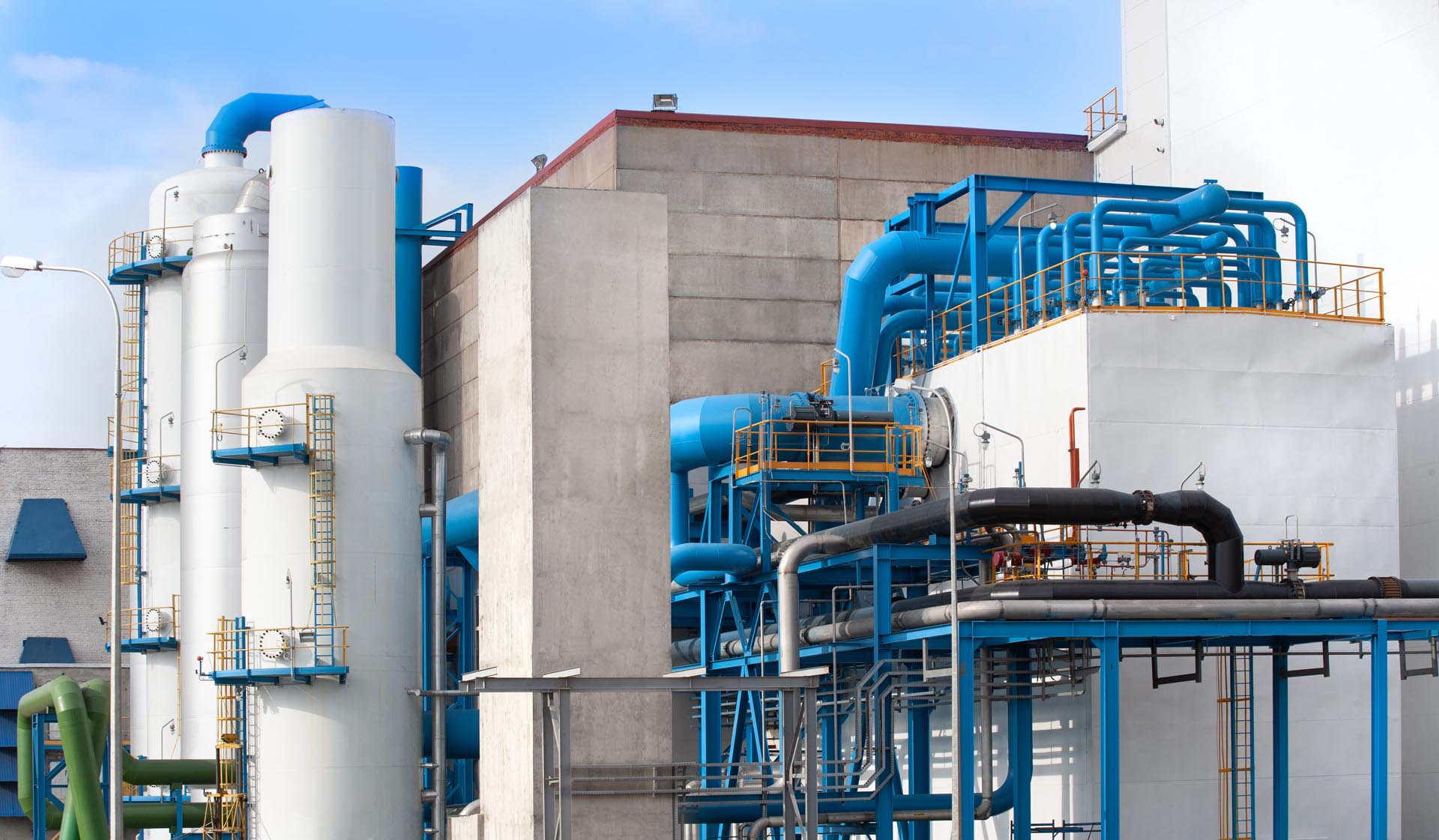The Ammonium/Ammonia treatment system offers an effective solution for treating and removing ammonium and ammonia from the wastewater generated during semiconductor manufacturing. This system ensures the preservation of water quality and compliance with environmental standards.
In the semiconductor and solar industries, the Ammonium/Ammonia treatment system utilises principles and technologies to effectively treat and remove ammonium and ammonia from wastewater. The main objective is to preserve the water quality.
BW Water typically uses a Closed Loop Ammonia Stripper System as part of the absorption treatment system to reduce ammonia levels in the wastewater stream. The effluent undergoes heating by passing through Heat Exchangers, raising the temperature from 30°C to 60°C as required by the stripper-scrubber system. The pH is increased to a value greater than 11 to strip ammonia from the wastewater stream. This is achieved by adding caustic at the heat exchanger upstream of the ammonium removal system.
The air stream with NH3 stripped exits the stripper and enters the scrubber system. In the scrubber system, H2SO4 reacts with ammonia, initially forming ammonium hydrogen sulfate, which further dissolves in the re-circulating H2SO4 to form ammonium sulfate. The longer the recirculation process, the more ammonium sulfate will form. H2SO4 is dosed into the scrubber solution to replenish the acid when the pH exceeds 4.5.
The air stream that has been scrubbed is re-circulated back to the stripper using an exhaust fan. The ammonium sulfate produced is transferred to an ammonium sulfate tank for disposal.
